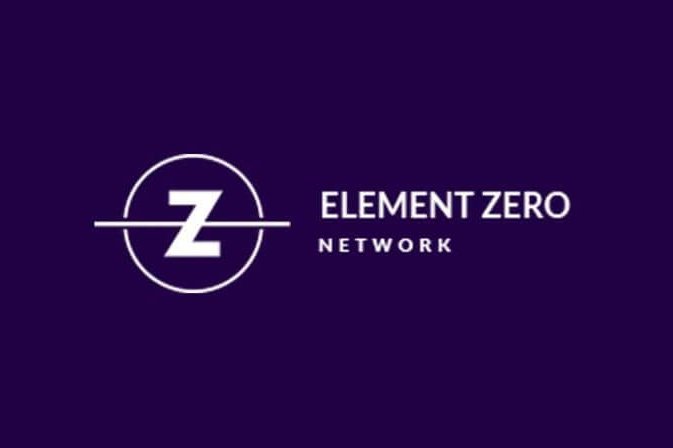

The extreme volatility of cryptocurrencies can make even the most experienced of investors break out in a cold sweat. Digital assets like Bitcoin are inherently unreliable – especially as a currency for goods and services.
This is where stablecoins come into play, but even they aren’t without their flaws. It’s a conundrum that startups like Element Zero Network hope to resolve.
What are stablecoins?
Stablecoins are a type of cryptocurrency that are designed to be immune from market volatility, making them a more useable form of payment than traditional crypto. This is achieved by pegging the value of the coins to other assets that are deemed stable – fiat currency, for example, or commodities like gold.
There are also stablecoins that are governed by internal protocols that try to stabilise the coin every time there is a market fluctuation.
Stablecoins essentially try to offer the best of both worlds: the transparency, security and privacy of a digital asset, combined with the stability of a traditional currency.
Stablecoin flaws
Unfortunately, stablecoins aren’t quite as stable as you might presume. This is because the instruments they’re pegged to are themselves subject to market volatility. There have been several examples throughout history – some fairly recent – of government-backed currencies being toppled by hyperinflation.
There is also a concern that if a major government decides to create its own digital coin, all the stablecoins pegged to that government’s fiat currency will disappear.
When you add in the fact that stablecoins are not truly decentralised, it’s clear the market is ripe for disruption.
Who is Element Zero?
Element Zero Network, a not-for-profit organisation, has introduced a methodology for a new generation of stablecoins. It claims its method eliminates the possibility for any volatility in the first place.
Element Zero is launching its own branded stablecoin, EZO coin, but as a turnkey platform it will facilitate companies, providers and even governments to create and launch their own stablecoins free of charge.
These new stablecoins could eventually replace Bitcoin and current stablecoins as a common way of payment.
How it works
Element Zero uses a proprietary Algorithmic Stability Protocol that protects the stablecoin from any future volatility events, and keeps its purchasing power in place by overcoming inflation. It isn’t tied to any fiat currency, gold or other traditional methods of valuation.
The decentralised protocol is based on a smart contract algorithm, which prevents the user from selling the stablecoin above or below the current face value.
Unlike all other cryptocurrencies that can process a one-way transaction, the protocol is designed to process a two-way transaction. The sender can send a stablecoin to a receiver, but the receiver must send back in return cryptocurrency, an invoice, or even a receipt with same value as the stablecoin. If the value of the exchange does not match, the smart contract steps in to balance the face value between the sender and the receiver. It returns the extra value to whom it belongs.
The stablecoin cannot be traded speculatively because its value is enforced.
The smart contract in action
To help you visualise how the smart contract works, Element Zero gives the following example: “If user A pays $80 using cryptocurrency such as Bitcoin or ETH to purchase from user B Element Zero stablecoins at $100 fixed face value, the smart contract will send to user A only 80% of the stablecoins ($80/$100). The remaining 20% will be returned back to user B’s wallet”.
The smart contracts work the same way when using the stablecoin to buy goods and services. The invoice or the receipt for goods and services must be equivalent to the fixed face value of the Element Zero stablecoins. If they do not match, the smart contract will adjust to ensure they do.
Next generation?
Whether or not companies and governments take up Element Zero’s offer of a next generation stablecoin remains to be seen. It’s clear, however, that the market is in need of a stablecoin that is actually stable – one that can withstand whatever the economy has in store for us.
Denver, Colorado, 24th February 2025, Chainwire
Denver, Colorado, 20th February 2025, Chainwire
Washington, D.C., 18th February 2025, Chainwire
Dubai, UAE, 27th January 2025, Chainwire
Those who enter the market at this time may be surprised to hear that Bitcoin…
George Town, Grand Cayman, 22nd November 2024, Chainwire